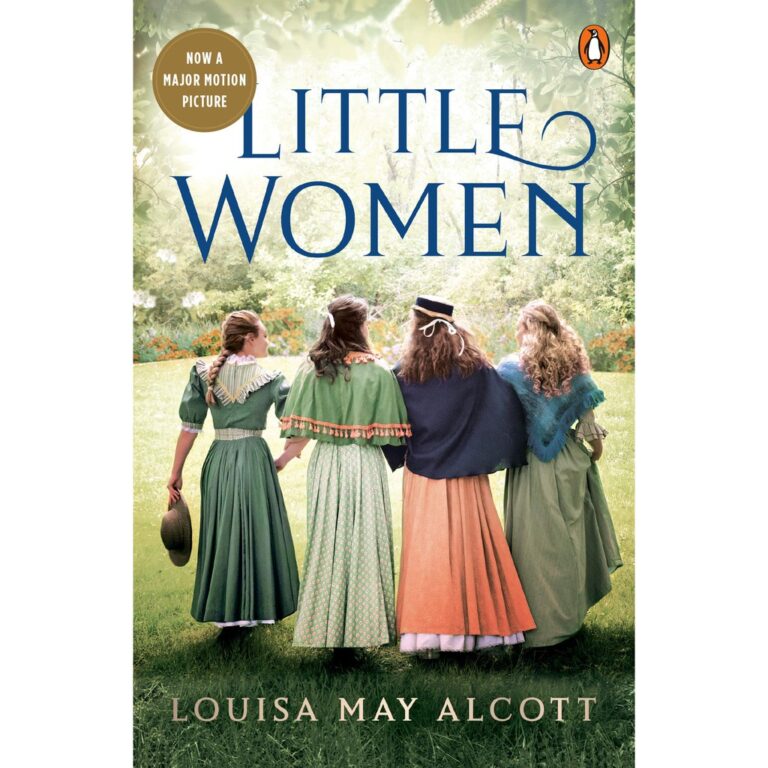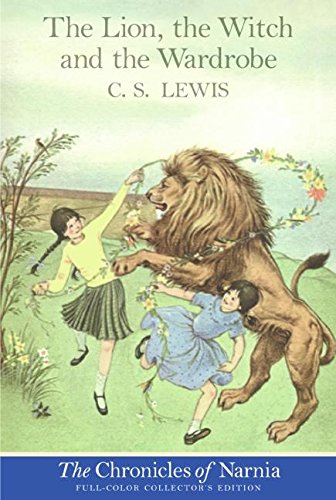To Kill a Mockingbird: A Timeless Classic of Justice and Morality
To Kill a Mockingbird: A Timeless Classic of Justice and Morality
Have you ever wondered what true justice looks like in a deeply divided society?
Hello, book lovers! Today, we dive into one of the most influential novels of the 20th century—To Kill a Mockingbird by Harper Lee. This novel, set in the racially segregated American South, continues to captivate readers with its powerful themes of morality, justice, and compassion. Whether you’re revisiting it or discovering it for the first time, this discussion will give you fresh insights into why this book remains a must-read. Let’s explore its themes, characters, and lasting impact!

Table of Contents
1. Summary of the Novel
Set in the small town of Maycomb, Alabama, during the 1930s, To Kill a Mockingbird follows the story of young Scout Finch, her brother Jem, and their father, Atticus Finch. As the children navigate their childhood, they are confronted with the harsh realities of racism and injustice when Atticus, a principled lawyer, defends a Black man, Tom Robinson, who is falsely accused of assaulting a white woman.
Through Scout’s innocent but perceptive eyes, readers witness the town’s deeply rooted prejudices and the moral dilemmas faced by its residents. The story also introduces the mysterious and reclusive Boo Radley, a man feared by local children yet ultimately revealed to be a compassionate figure. The novel masterfully blends themes of morality, empathy, and justice, leaving an indelible mark on its readers.
2. Key Characters and Their Roles
Harper Lee crafted a cast of unforgettable characters, each contributing to the novel’s profound message. Below is a breakdown of the key figures and their significance:
| Character | Role in the Story |
|---|---|
| Scout Finch | The narrator and protagonist, a young girl who learns about morality and justice through her experiences. |
| Atticus Finch | Scout’s father, a lawyer who defends Tom Robinson and stands as a moral beacon in the novel. |
| Jem Finch | Scout’s older brother who gradually loses his childhood innocence as he witnesses racial injustice. |
| Tom Robinson | A Black man falsely accused of a crime, symbolizing the racial prejudice of the time. |
| Boo Radley | A mysterious neighbor initially feared by the children but ultimately revealed as a kind protector. |
3. Major Themes Explored
One of the reasons To Kill a Mockingbird remains relevant today is its exploration of powerful themes that still resonate with modern audiences. Here are some of the most significant themes in the novel:
- Racial Injustice: The trial of Tom Robinson exposes the deep-seated racism of the American South.
- Moral Growth: Scout and Jem’s journey from innocence to maturity showcases the power of moral development.
- Empathy and Understanding: Atticus teaches his children the importance of seeing the world from another person’s perspective.
- The Coexistence of Good and Evil: The novel demonstrates how both good and evil can exist within the same society.
- The Importance of Courage: From Atticus’s legal defense to Boo Radley’s silent heroism, courage appears in many forms.
4. The Novel’s Cultural and Historical Impact
Since its publication in 1960, To Kill a Mockingbird has left an indelible mark on American literature and society. The novel was released during the height of the Civil Rights Movement, making its themes of racial injustice and moral responsibility all the more significant.
One of its most notable impacts was its influence on discussions surrounding race relations in the United States. Schools and universities widely adopted the book as essential reading, using it as a tool to encourage dialogue about racism and ethics. Additionally, Atticus Finch became a symbol of integrity, with many lawyers citing him as an inspiration for their careers in law and justice.

5. Life Lessons from To Kill a Mockingbird
Harper Lee’s novel offers timeless wisdom that applies to all generations. Below are some of the most profound lessons readers can take away:
| Lesson | Explanation |
|---|---|
| Empathy is essential | Atticus teaches his children to walk in someone else’s shoes before making judgments. |
| Courage comes in many forms | Whether standing up for justice like Atticus or silently protecting others like Boo Radley, bravery is not always loud. |
| The fight against injustice is ongoing | Tom Robinson’s fate reminds us that societal change requires continuous effort. |
| Prejudices can be unlearned | Scout’s journey shows that understanding and education can overcome ignorance. |
6. Why It Remains Relevant Today
Despite being written over six decades ago, To Kill a Mockingbird continues to resonate with readers around the world. Here’s why its message still holds true:
- Racial and social injustice still exist: Many of the racial issues depicted in the book persist in modern societies.
- Its lessons on morality are timeless: The importance of integrity, empathy, and standing up for what is right will never be outdated.
- It encourages critical thinking: Readers are challenged to question their own biases and understand different perspectives.
- It’s a reminder of history: The novel offers a glimpse into a past that must not be forgotten to prevent similar injustices.
- It continues to inspire activism: Many social justice advocates cite the book as a formative influence in their journey.
Frequently Asked Questions
The title is a metaphor for the idea that harming innocent people, like Tom Robinson and Boo Radley, is a sin—just like killing a mockingbird, which only sings and does no harm.
While the novel is fictional, it was inspired by Harper Lee’s childhood experiences in Alabama and real events related to racial injustice in the American South.
Atticus represents moral integrity and the fight for justice, courageously defending Tom Robinson despite the odds and setting an example of empathy and fairness.
Boo serves as a symbol of misunderstood kindness. Initially feared, he ultimately protects Scout and Jem, reinforcing the theme of not judging others by appearances.
The trial of Tom Robinson exposes the deep racial prejudices of the time, highlighting the failure of the justice system and the need for social change.
The novel’s themes of justice, empathy, and combating prejudice remain crucial in today’s discussions on social inequality and human rights.
Final Thoughts
Few books manage to remain as relevant and impactful as To Kill a Mockingbird. With its powerful message about morality, justice, and human nature, it continues to shape discussions on ethics and social responsibility. Whether you read it in school or pick it up later in life, the lessons it imparts stay with you.
What are your thoughts on the novel? Has it changed the way you see the world? Let’s discuss in the comments below!






